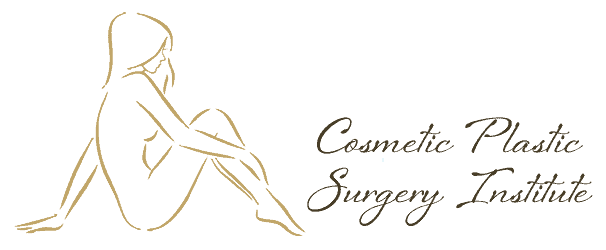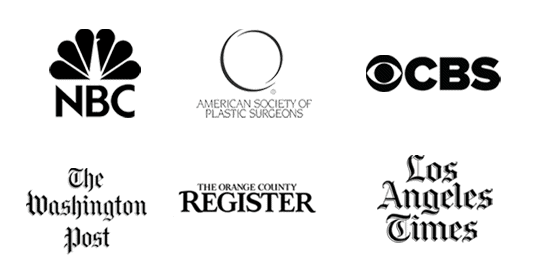Botox uses are most well known for cosmetic reasons to reduce the appearance of fine lines and wrinkles. Beyond cosmetic applications, botox uses in the medical field include treatment for chronic migraines, overactive bladder, excessive sweating disorders, blepharospasms, and much more.
Botox is derived from the botulinum toxin and is used in very small concentrations when injected into fine lines and wrinkles. Botox works by blocking the nerve signals to the muscles which prevent the muscles from contracting.
Uses of Botox
Because of this, botox uses are wide in the medical field. The most common cosmetic botox treatment areas are the glabella (the area between the eyebrows which crease when frowning), the forehead lines, and the canthal lines (“crow’s feet”).
Total units of botox to treat these areas ranges from 40 to 64 units and an experienced medical professional can assess how many units are advised.
By preventing the contraction of the facial muscles, botox also works as prophylaxis against wrinkles. For this reason, there is no “correct age” when to start botox as it can be used after fine lines and wrinkles have already formed or to help prevent them.
There is little to no recovery time after botox injections, making this an ideal option for those wanting non-invasive cosmetic procedures.
The injections themselves only take a few minutes and cause no pain to mild pain at the injection site. Common side effects are some tenderness and bruising at the injection sites. Those who are pregnant or breastfeeding should not receive botox.
Good candidates for botox use are those who are unhappy with their moderate to severe fine lines and wrinkles. Botox results generally last from four to six months.
When results start to fade, repeat botox sessions are required to maintain the desired results. It is important to find a provider with experience with cosmetic injections. For a free consultation, please consult Our Surgical Team.




